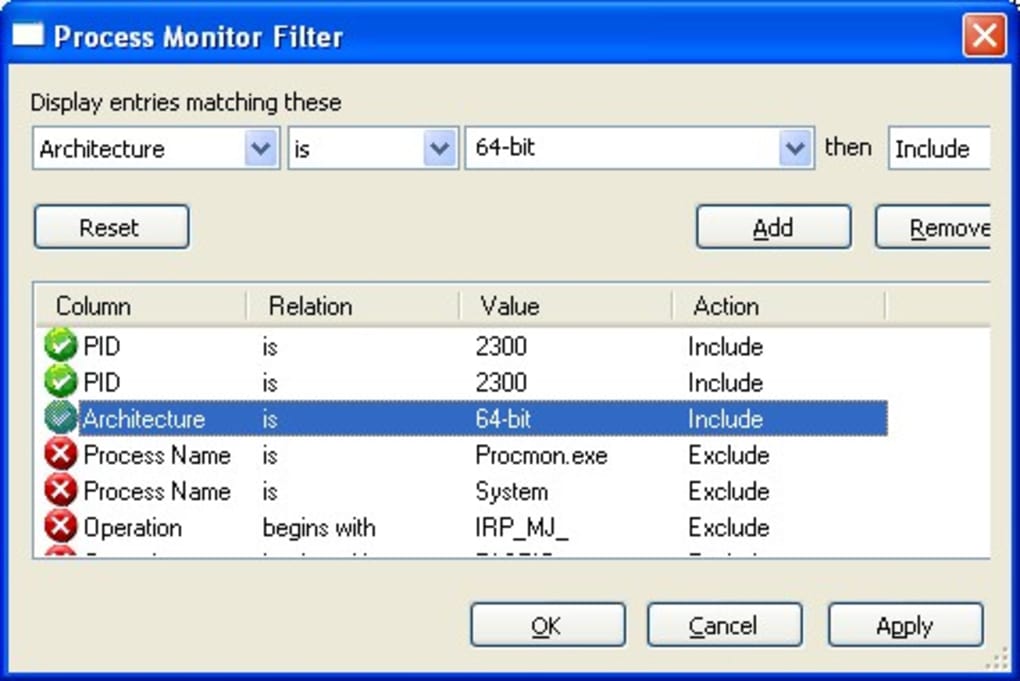

For example, here is what is shown for spoolsv.exe, the Windows Print Spooler: All Windows Services run under the wninit.exe > services.exe branch:ĭouble-clicking an entry allows you to dig into a specific process. The interface automatically refreshes itself every few seconds to highlight processes as they come and go. When launched, Process Explorer shows a colorful tree of all the active processes. Think of it as the “Task Manager on steroids”, with the ability to show all processes, threads, handles, and of course, Windows Services running on your PC. Updates the displayed snapshot of running processes.If you want to understand what’s really going on with the programs on your computer, then look no further than Microsoft’s excellent (and free) Process Explorer.
This mode is turned off as soon as you click any mouse button or press any key. In this mode, a tooltip appear over each window with the PID and CLR version, and the process is highlighted in the Process Explorer tree. Native modules are shown in grey and cannot be added to the Assembly Explorer.Īfter clicking this button, you can hover the mouse pointer over windows of your desktop and identify the related processes. If this mode is on, both managed assemblies and native modules are shown in the tree. Native processes are shown in grey and cannot be added to the Assembly Explorer.Ĭontrols whether the Process Explorer shows native modules.īy default the Process Explorer only shows managed assemblies. If this mode is on, both managed and native processes are shown.
#Windows process monitor full#
This mode is available on Windows Vista or later and requires administrative privileges to work on the full scale.Ĭontrols whether the Process Explorer shows native Windows processes.īy default the Process Explorer only shows managed processes. If this mode is on, managed assemblies of each process are grouped by their CLR versions and application domains, and native modules (if the Show Native Modules mode is on) are shown under a separate Native Modules node. If this mode is off, managed and native modules are shown in a flat list under their parent process nodes. If this mode is on, child processes are shown inside their parent processes under the Child processes node.Ĭontrols whether the process tree reflects CLR hierarchies. If this mode is off, all processes are displayed in a flat list. This command will attach Visual Studio debugger to the selected process.Ĭontrols whether the process tree reflects the parent-child relationship between processes. Opens the assembly/process executable file in Windows ExplorerĬopies full path to the assembly/process executable file to the clipboard NET assemblies loaded from disk files are added, dynamic assemblies and native modules are ignored. If you select a process, all assemblies that belong to the process will be added to the Assembly Explorer. If Visual Studio is in the debug mode, ReSharper will load generated PDB so that you do not have to break your debugging session.Īdds the assemblies selected in the Process Explorer tree to the Assembly Explorer window. If no directory is specified, ReSharper will suggest to automatically add %LOCALAPPDATA%\Temp\SymbolCache as the cache directory. Generation will start immediately to the symbol cache directory specified in Visual Studio options ( Tools | Options | Debugging | Symbols). This command will generate PDB for selected managed modules or all managed modules in the selected processes.


 0 kommentar(er)
0 kommentar(er)
